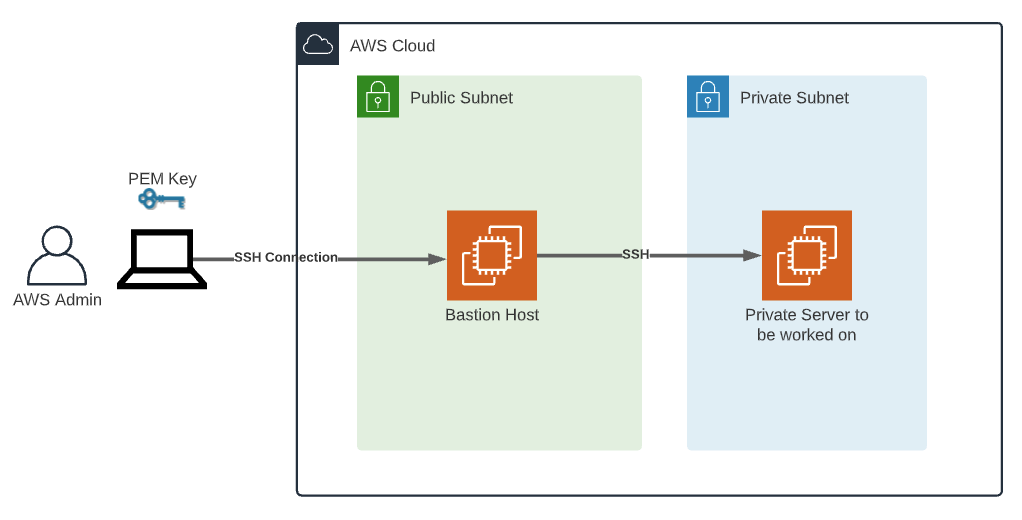
Session Manager Prerequisites Client Device
SSH PROXY AWS FULL
Session lifecycle is logged in CloudTrail, and you can log to S3 the full shell history (both commands typed and responses displayed). You can more easily audit access for forensics or integrate DevSecOps processes.on a per-user, per-role or per-group basis. IAM policies can be configured to limit access based on instance ids, tags, subnets, etc. SSH keys are often shared across hosts for convenience. Of course on and off-boarding is simplified as well. With AWS SSO or cross-account role assumption, each user has one set of credentials to use and rotate.
SSH PROXY AWS PASSWORD
Console password rules (complexity, expiry), CLI access key rules (expiry) and use of MFA can be centralized. It's easier to harden authentication and manage credentials at scale.These instances need no public IP, and outbound access is enabled via a NAT gateway. You can remove jumphosts altogether, or at least move them to private subnets.The ssm agent on the EC2 Instances poll the gateway for session requests. The firewall (security group and/or network acl) only needs an 443 outbound rule.


SSH rides on top of the Session Manager via SSH's proxy capability. The session manager adds to ssh a layer of authentication and authorization based on IAM and only requires HTTPS outbound on the server end. Yes, you really can improve that mouse trap. This article describes an AWS innovation introduced in 2019 called the session manager. But key management is tricky, and opening the firewall(s) for bidirectional SSH (port 22) increases the attack surface. It's authentication scheme with RSA key pairs and wire-level encryption is great. However it's effective security is not ideal. IMO it's a key enabling technology for distributed systems. Secure Shell (SSH) is a solid remote access tool.


 0 kommentar(er)
0 kommentar(er)
